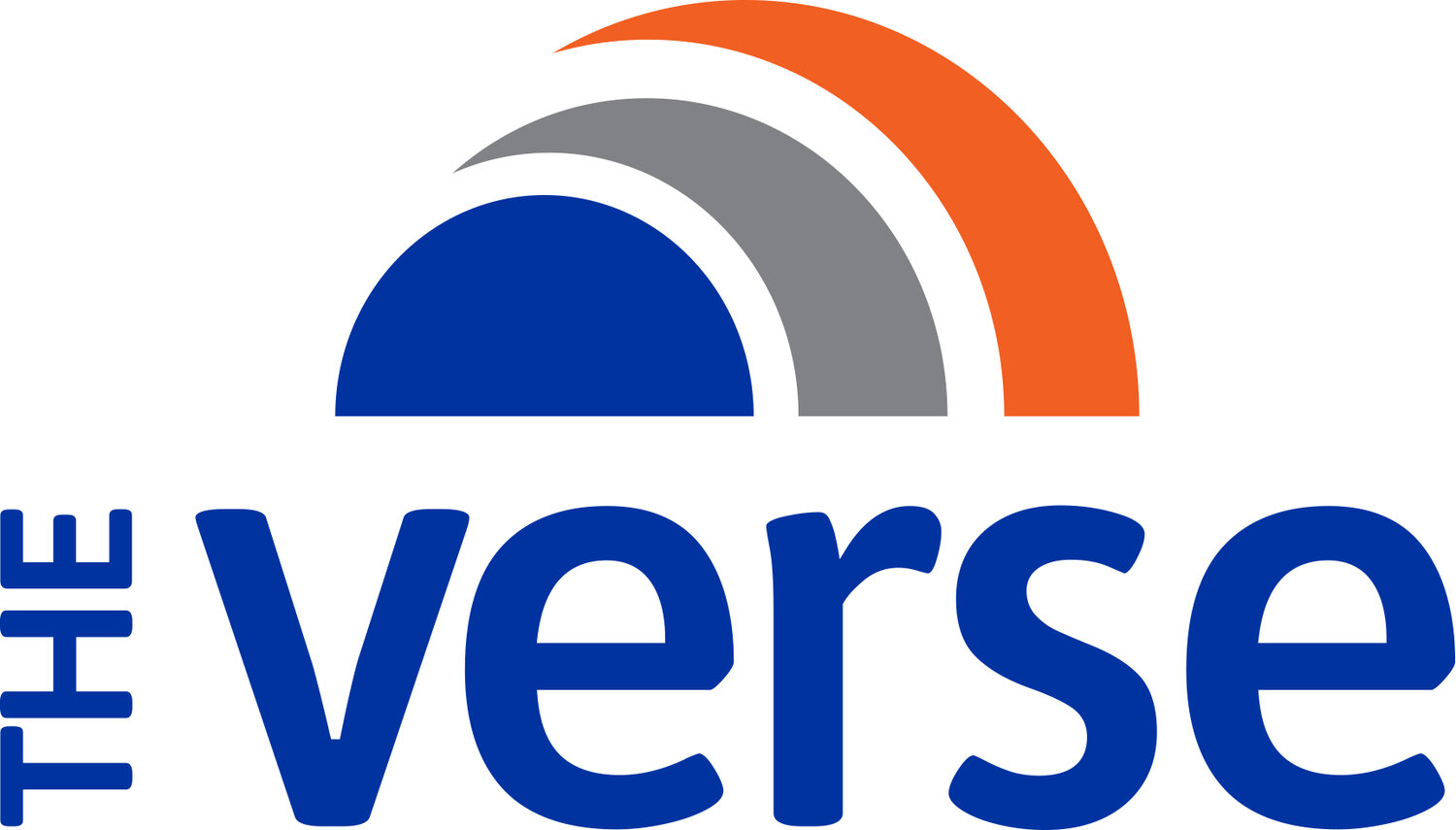Building Your Personal Brand with Philip VanDusen
Bring in Don Draper.
On the hit series “Mad Men,” advertising mogul Don Draper famously said, “Success comes from standing out, not fitting in.” Clink the cognac: This is wise advice for his fictional clients and you, too. We tapped our own former Madison Avenue heavyweight, Philip VanDusen (who created The Verse’s one-and-only brand) to help us brand ourselves with abandon. Philip sees the imperative this way: Having a personal brand is increasingly critical in a dynamic workplace where it’s unlikely you’ll live out your days to the proverbial gold watch with any one employer. Or you may pursue a different path entirely—in which case branding will do the translating for you between your existing skills and your new chosen field.
As Philip sees it, since you can’t tell everyone every single thing about yourself, branding offers a shortcut for people to get to know who you are, what you do well and how you can help them. For example, we know that Tim Ferriss celebrates high performance, Ira Glass likes compelling stories and Rachel Ray is all about kitchen confidence—all from their own personal branding. Voilà.
Get current.
Philip suggests starting with your current state. It’s a little like taking an inventory to reveal where you’re covered and where you need to develop. You need to know where you already have a presence, so ask yourself these simple questions:
Do you have a robust LinkedIn profile?
What social media platforms are you truly active on?
Do you develop content of any kind? (Reminder: Curating content—such as sharing industry articles—counts, too.)
What is the extent of your network or audience?
Your answers will give you a good understanding of your current state—your starting line—which will lend context for determining what you are missing and what you need to create.
Head back to the future.
The future state of your personal brand may be a bit foggy when you start out, and that’s okay. Like anything else, your professional and brand goals will evolve and change over time. But if you're ever going to get there, you have to start. Ask yourself these questions:
What do you want to be?
What do you want to do?
What do you want to accomplish?
Who can you help?
Capture all your answers so you can make a game plan to get there. Building out your future state can be a big undertaking (ambition aside, it’s just too much to cover in this one modest article), but just getting your initial thoughts and ideas down is the end goal of this exercise. Begin with your most obvious goals, and others will show up as your brand develops.
Got skillz?
You’ll want to capture the current state of the skills you have so you can assess which skills you'll need to get to reach that coveted professional future-state. Some questions:
Which applications do you know (e.g., MS Office Suite, Photoshop, other industry-specific applications)?
What specific skills do you have? (The list can go on and on: management, finance, customer service, budgeting, promotional, sales/marketing experience, etc., etc.)
“Hard” skills? (Technical skills, physical skills...)
“Soft” skills? (People skills, communication, writing, negotiation, salesmanship...)
Let your network work.
You can't do everything yourself (no, really), so you want to make sure you know who’s in your network to teach you what you need to know. Start by getting your LinkedIn connections up to date; think of everyone you work with, socialize with—even enjoy recreational hobbies with (think: your basketball league, fellow hockey team parent benchwarmers). Once you’ve reviewed and consolidated your LinkedIn lineup, look for the helpers who can help you reach that future-state:
Who can be a mentor?
Who can help you get an introduction to your top employer choice?
Who already does what you want to be doing?
Who could do you a solid with an informational interview?
Read the room.
Your target audience is the group of people who will be interested in hearing what you and your brand have to say. To narrow this group down, ask:
Who can benefit from the information you have?
Who will be interested in your point of view, and who will benefit from your knowledge and expertise?
They’re your target audience. And now that you’ve locked in, learn where they “hang out.” Think about how and where your audience consumes information—that's the place you want to be. Interact, join the conversation, ask questions, solicit feedback, build relationships and provide real value for free.
As Philip reminds us, that old adage goes, “You have to plan the work and then you have to work the plan.” It’s all too true when you put together your brand. With this assessment in hand, you’ve got a valuable map with all your coordinates to go where you want to go.
